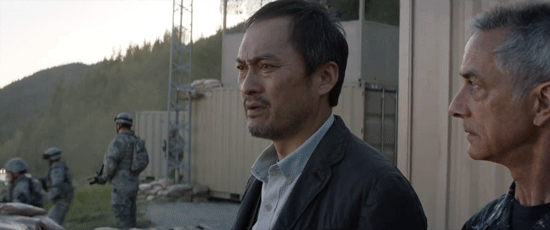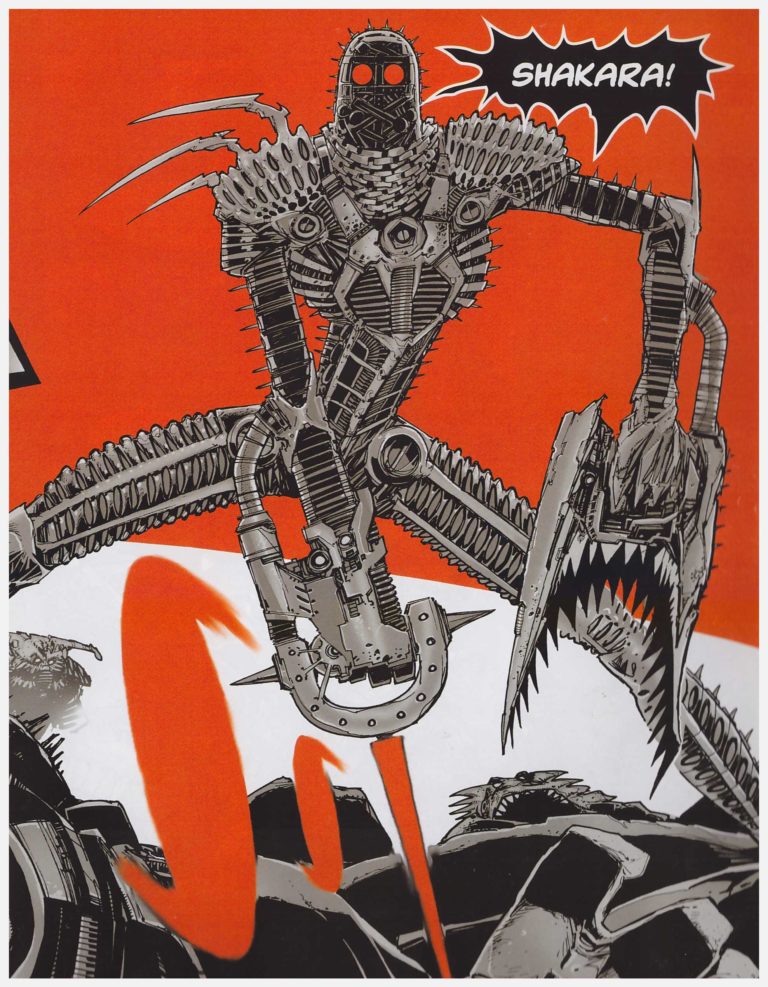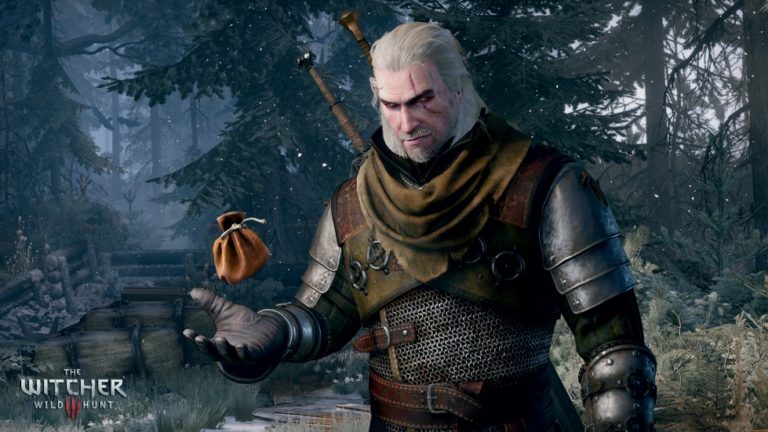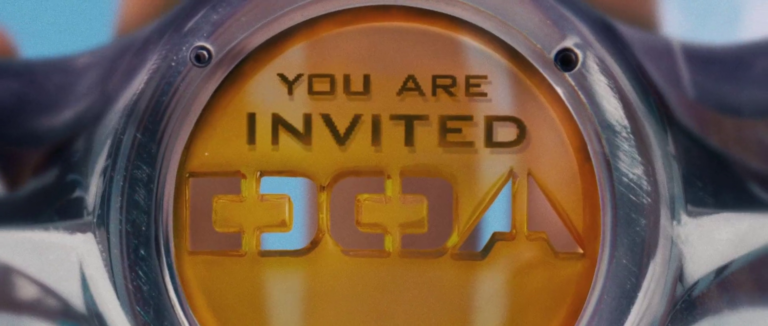Hey, I know that my writing output has slowed considerably in 2021, down from three posts in...
Year: 2021
Godzilla vs. Kong was easily the most excited I have been for a movie since… well, since...
Welcome back to the 2000AD Humble Bundle round-up! I’ve finally gotten a chance to sink my teeth...
Back in mid-2019 I wrote an article about how I thought that Death Note, popularly considered one...
This review has been a long time coming. Like, to put it into perspective, I tend to start...




